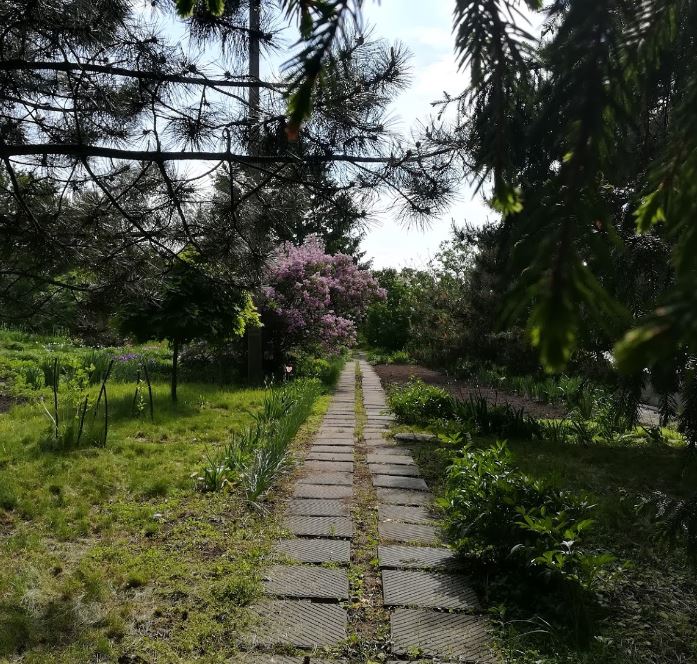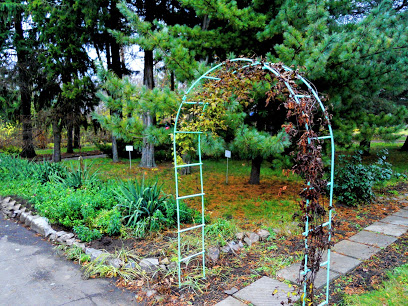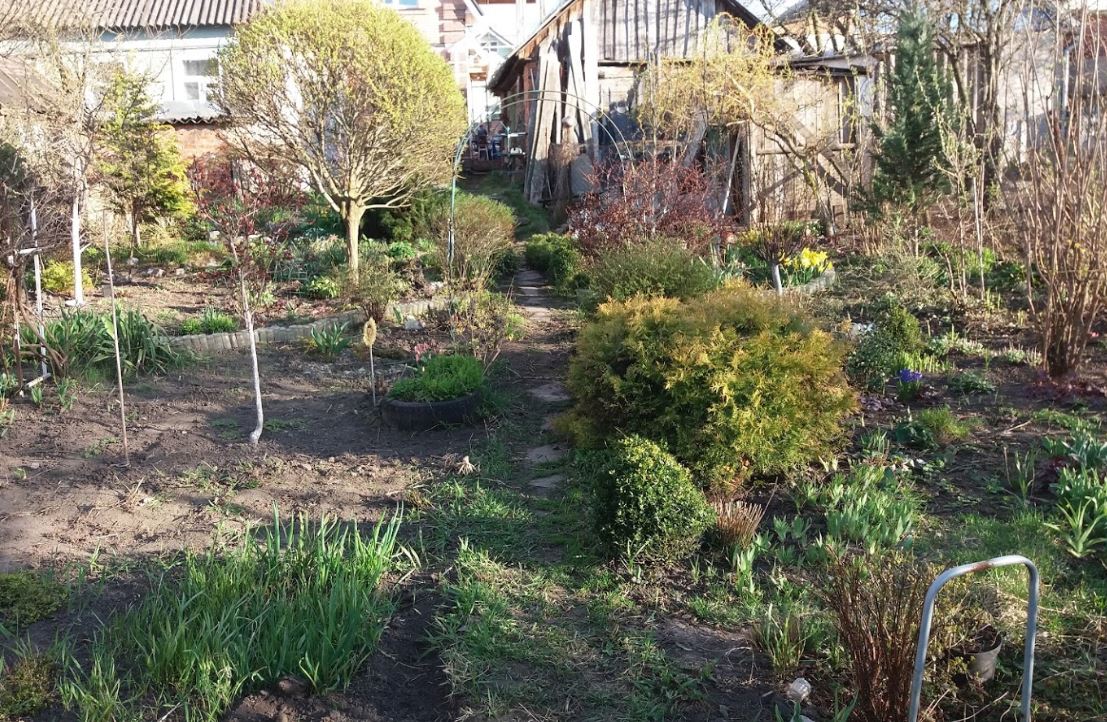The Botanical Garden is located in the signage area and the slopes of the River Arrow with washed chernozem. It occupies a well-drained elevated area. Grow more than 600 more than 1000 species of plants. Of these, only a third are representatives of local plants, and more than 55 rare or endangered species. Collection funds are placed in nursery sites, in the ornamental and plant sections, biology methods, medicinal plants, and agricultural plants. They represent plants of different regions of the world.
A group of botanical garden plants
The living group of botanical gardens offers typical and rare species of native plants, other regions of Ukraine, and other natural and climatic zones. Here you can see endemic species of plants. In the garden and fragments of oak forests in the territory of the botanical garden, one can recognize the dominant species of various distinctive plant species in Polisi and the steppe forest of Ukraine, with characteristic but non-dominant species of herbaceous plants; .
The botanical garden collection is of great value in the formation of concepts about the basic varieties, diversity and importance of the plant world. The total number of planted species in botanical gardens is 494 taxa and forms belonging to 91 families, three shallow sections (one species), ferns (4 species from four families), topless seeds (21 species from four families), angiosperms (329 species from 78 families) ), Including trees and shrubs - 164, herbaceous plants - 330. Of flowering plants, dicotyledons predominate (224 species of 151 genera, 42 families). There are 105 species of 49 genera, 6 families. The Botanical Garden was successfully used for educational purposes by other universities, high schools, schools in Sumy and the region.
Research work
Research in the botanical garden is carried out in the following main areas: the development of optimal methods for cultivation of rare plant species, the study of reproduction and distribution features of adventurous species, introduction of plants, selection and heredity. In addition, research is underway in the field of agrochemistry and plant protection.
Among the issues studied in the botanical garden, there are comparative anatomical studies of individual families of higher plants, microbes and pathogenic fungi-pathogenic activities and studying the effect of trace elements and biologically active substances on plant growth and development and the expansion of woody shrubs and herbaceous species. Used in green buildings, research related to radiation and chemical mutations of cultivated plants, study of cortical relationships of rare species, and development of environmental issues.
x
T
R
F
I
H
I
We have 16614 Parks Now ... The First and largest platform for green public parks
Теплиця ботанічного саду педагогічного університету ім. Макаренка
Теплиця ботанічного саду педагогічного університету ім. Макаренка
20-richchya Peremohy St, 23, Sumy, Sumy Oblast, Ukraine, 40000
Every Day : 10:00 am To 04:00 pm .
About Park
-
Preview
Botanical garden of local importance in UkraineImportant Information
-
Every Day
10:00 am To 04:00 pm -
Park Area
476000.00 SQM
-
Every Day
-
Intertainment Elements
Entertainment
Trips
Education
-
Main Elements
- Cleanliness
- Green areas
- Open spaces
- Open paths for walking





